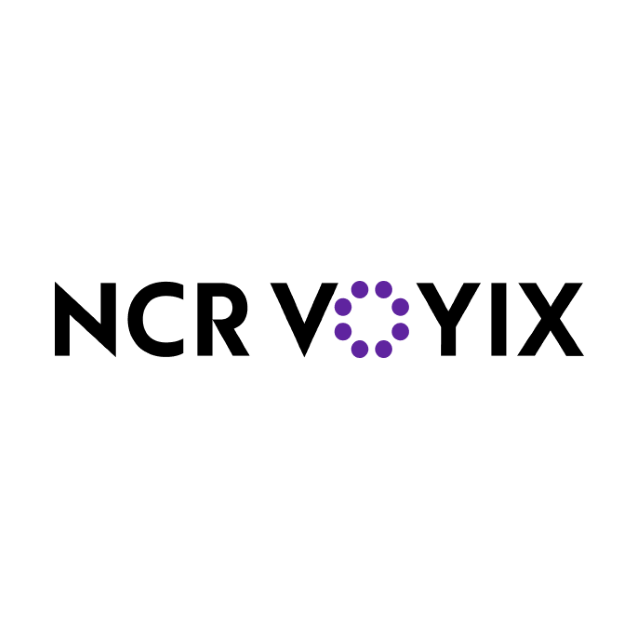Company Analysis NCR Voyix Corporation
1. Summary
Advantages
- Price (12.8 $) is less than fair price (22.07 $)
- Current debt level 30.23% is below 100% and has decreased over 5 years from 43.72%.
- The company's current efficiency (ROE=124.9%) is higher than the sector average (ROE=-35.38%)
Disadvantages
- Dividends (0%) are below the sector average (0.8134%).
- The stock's return over the last year (-7.12%) is lower than the sector average (3.85%).
Similar companies
2. Share price and performance
2.1. Share price
2.3. Market efficiency
| NCR Voyix Corporation | Technology | Index | |
|---|---|---|---|
| 7 days | -0.1% | -8% | 0.8% |
| 90 days | -6.1% | -4.4% | 11% |
| 1 year | -7.1% | 3.9% | 16.1% |
VYX vs Sector: NCR Voyix Corporation has significantly underperformed the "Technology" sector by -10.97% over the past year.
VYX vs Market: NCR Voyix Corporation has significantly underperformed the market by -23.18% over the past year.
Stable price: VYX is not significantly more volatile than the rest of the market on "New York Stock Exchange" over the last 3 months, with typical variations of +/- 5% per week.
Long period: VYX with weekly volatility of -0.1369% over the past year.
3. Summary of the report
4. Fundamental Analysis
4.1. Stock price and price forecast
Below fair price: The current price (12.8 $) is lower than the fair price (22.07 $).
Price significantly below the fair price: The current price (12.8 $) is 72.4% lower than the fair price.
4.2. P/E
P/E vs Sector: The company's P/E (2.11) is lower than that of the sector as a whole (147.02).
P/E vs Market: The company's P/E (2.11) is lower than that of the market as a whole (51.19).
4.2.1 P/E Similar companies
4.3. P/BV
P/BV vs Sector: The company's P/BV (1.65) is lower than that of the sector as a whole (9.27).
P/BV vs Market: The company's P/BV (1.65) is lower than that of the market as a whole (18.13).
4.3.1 P/BV Similar companies
4.4. P/S
P/S vs Sector: The company's P/S indicator (0.7051) is lower than that of the sector as a whole (7.79).
P/S vs Market: The company's P/S indicator (0.7051) is lower than that of the market as a whole (27.99).
4.4.1 P/S Similar companies
4.5. EV/Ebitda
EV/Ebitda vs Sector: The company's EV/Ebitda (10.21) is lower than that of the sector as a whole (90.49).
EV/Ebitda vs Market: The company's EV/Ebitda (10.21) is lower than that of the market as a whole (36.56).
5. Profitability
5.1. Profitability and revenue
5.2. Earnings per share - EPS
5.3. Past profitability Net Income
Yield Trend: Negative and has fallen by -258.73% over the last 5 years.
Accelerating profitability: The return for the last year (0%) exceeds the average return for 5 years (-258.73%).
Profitability vs Sector: The return for the last year (0%) exceeds the return for the sector (-6.46%).
5.4. ROE
ROE vs Sector: The company's ROE (124.9%) is higher than that of the sector as a whole (-35.38%).
ROE vs Market: The company's ROE (124.9%) is higher than that of the market as a whole (34.77%).
5.5. ROA
ROA vs Sector: The company's ROA (19.97%) is higher than that of the sector as a whole (5.99%).
ROA vs Market: The company's ROA (19.97%) is higher than that of the market as a whole (11.49%).
5.6. ROIC
ROIC vs Sector: The company's ROIC (0%) is lower than that of the sector as a whole (1.71%).
ROIC vs Market: The company's ROIC (0%) is lower than that of the market as a whole (10.03%).
7. Dividends
7.1. Dividend yield vs Market
Low yield: The dividend yield of the company 0% is below the average for the sector '0.8134%.
7.2. Stability and increase in payments
Unstable dividends: The company's dividend yield 0% has not been consistently paid over the past 7 years, DSI=0.5.
Weak dividend growth: The company's dividend yield 0% has been growing weakly or stagnant over the past 5 years. Growth over only 1 year.
7.3. Payout percentage
Dividend Coverage: Current payments from income (1.59%) are at an uncomfortable level.
Pay for your subscription
More functionality and data for company and portfolio analysis is available by subscription
 MAX Chat
MAX Chat



